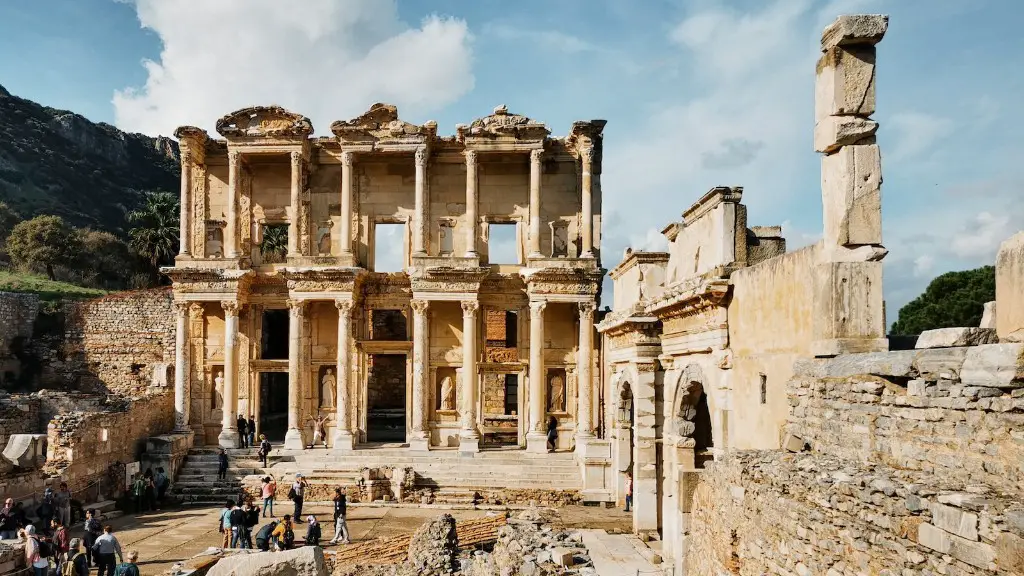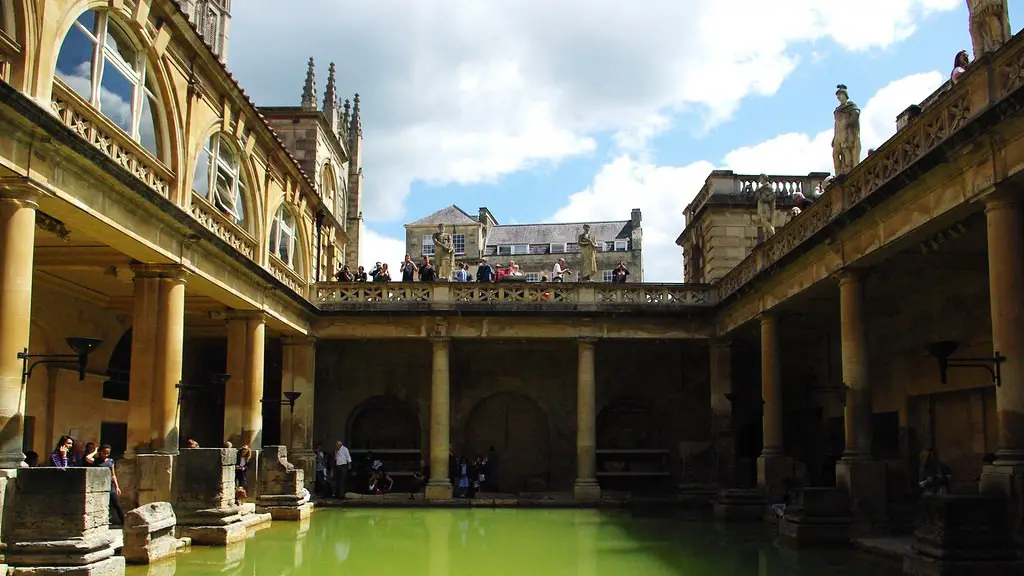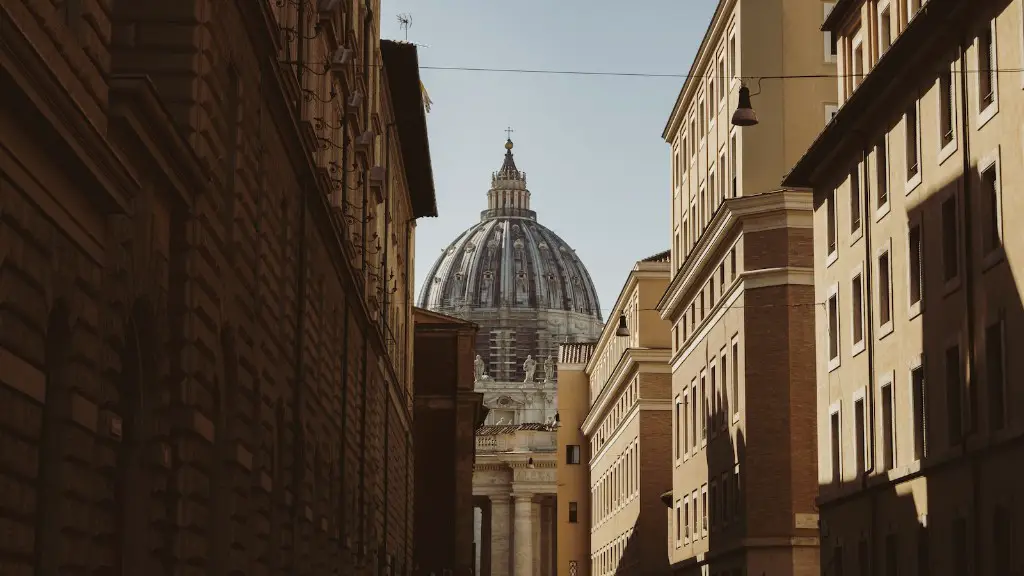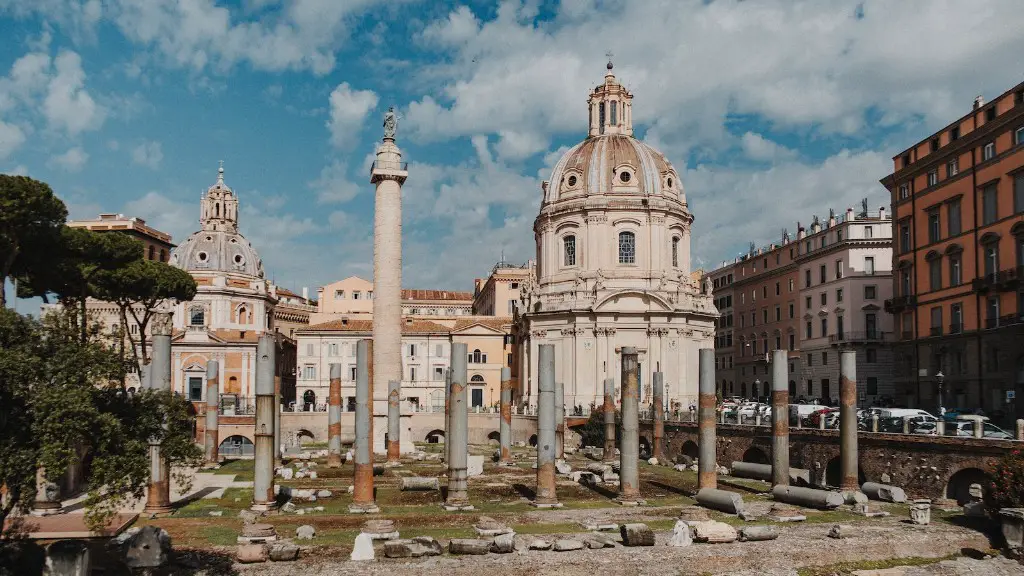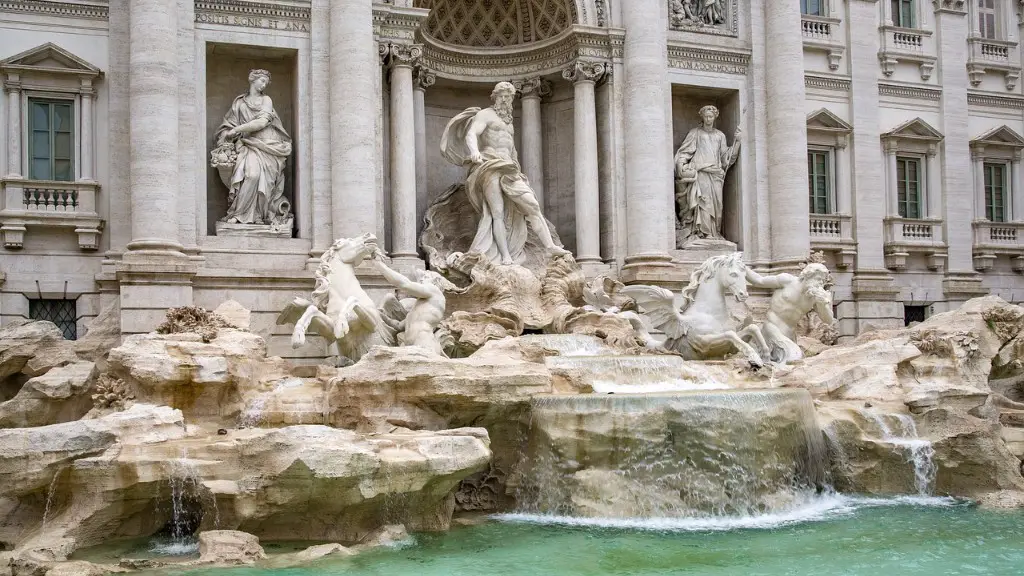The grandeur of Ancient Rome is often talked about, but what exactly made it great? Ancient Rome was the seat of one of the most advanced civilisations and cultures to ever exist in Europe. Roman architecture, engineering, and culture were transformative, with fields like engineering and even fortification becoming popular across Europe. Ancient Rome also developed unprecedented new systems of government, including the republic system. The impact of Ancient Rome on modern civilisation can still be seen in many ways today.
To understand the grandeur of Ancient Rome, one must first look at its history. Rome was founded in 753 BC and grew from a humble city-state to the dominant power in the Mediterranean. Over a period of several centuries, Rome dominated the region, conquering and assimilating its neighbours. Roman power eventually reached its zenith in the first century AD, when it controlled large portions of Europe, Asia Minor, and North Africa.
The grandeur of Ancient Rome was due in large part to its sophisticated and often unprecedented architecture and engineering. The Romans were known for their remarkable advances in structural engineering, such as the development of the arch and the use of concrete and mortar. They also developed some of the earliest roads and aqueducts in Europe. These engineering feats were emblematic of the grandeur of Ancient Rome, as they enabled the construction of monumental public buildings and monuments.
At the same time, Ancient Rome was also known for its sophisticated culture. From literature to philosophy to politics, Roman culture was among the most advanced in the world. Roman philosophers like Seneca and Cicero laid the foundation for modern political thought, and authors such as Virgil and Ovid wrote epic works that still resonate. Roman art, sculpture, and painting were also celebrated for their sophistication and beauty.
The grandeur of Ancient Rome is also due to its unprecedented political innovations. The Roman Republic, for instance, created a system of checks and balances between the consuls, senate, and the people of Rome. This system provided a framework for limited democracy and helped establish the concept of rule of law. This political structure was combined with a sophisticated judicial system, with the concept of a jus civile or ‘citizens’ law’. This laid the foundation for the democratic systems that are now commonplace around the world.
The grandeur of Ancient Rome can also be seen in its legacy. In many ways, Rome is still regarded as the cradle of Western civilisation. Its art and architecture are still studied and admired, and its political and judicial innovations are still used today. The Rome of antiquity is a distant but still powerful influence on modern life.
In conclusion, the grandeur of Ancient Rome was due to its remarkable achievements in architecture and engineering, its sophisticated culture, and its unprecedented political innovations. Its legacy still resonates in the modern world, and its influence can still be seen in art, architecture, politics, and more.
Architecture and Engineering
The architecture and engineering of Ancient Rome was highly advanced. The Romans developed a mastery of stone and concrete construction, with some of their most iconic works being massive triumphal arches and aqueducts which are still standing today. They also developed complicated engineering systems such as arches, vaults, and domes, which have been adopted around the world. Roman technology allowed them to build grand edifices such as the Colosseum in Rome, which is still considered one of the most iconic structures in the world.
The Romans also developed some of the earliest road systems in the world, with their extensive network of roads connecting countless cities across their extensive Empire. This allowed them to movement and communication rapidly, further enhancing their power and grandeur. The Romans also developed the concept of hydraulic engineering, which enabled them to build large canals and waterways which were central to their civilization.
The development of engineering has been seen as one of the defining elements of Roman grandeur, and it still influences modern engineering today. Many modern cities and towns around the world use the same basic infrastructure principles developed by the Romans, while cities and complexes often feature iconic Roman-style arches, vaults and towers.
Overall, the engineering and architecture of Ancient Rome was highly advanced and still has an impact on modern life. The Romans developed a mastery of stone and concrete construction, created sophisticated road networks, and even developed new forms of engineering. These accomplishments are still seen in modern cities, and are a lasting testament to Roman grandeur.
Culture and Arts
The culture and arts of Ancient Rome were an integral part of the grandeur of Rome. Numerous writers, poets, sculptors, painters, and playwrights produced works of incredible sophistication and beauty. Not all of these works survived, but those that did remain, such as the writings of Virgil and Ovid, are still highly regarded today.
The Romans were also known for their art and sculpture. They developed a new style of realism which was far beyond anything before seen in Europe, combining realism with realism and creating beautiful works of art. Rome was also the birthplace of the ‘classical’ style of sculpture, which featured proportions and stances that were perfect and highly revered. Roman sculpture was copying by countless cultures around the world.
Roman art and culture also had a considerable influence on modern Europe. Renaissance painters and sculptors were heavily inspired by Roman artwork, and even today, many of the rules and principles of visual arts are derived from Roman ideals and techniques. Similarly, many of the principles of literature, theatre and philosophy can be traced back to Ancient Rome.
Overall, the culture and arts of Rome were one of the key reasons for its grandeur. Its artistic and literary outputs were unmatched in their sophistication and beauty, and their influence is still seen today.
Political Innovations
The grandeur of Ancient Rome is also due to the political innovations they introduced. At its height, Rome was one of the most powerful and prosperous societies the world had known. This was due in large part to their ingenious political system.
The most important of these innovations was the development of the Roman Republic, which was based on a system of checks and balances between the consuls, senate, and people. This limited democracy had a profound effect on later constitutional and political thinkers, and provided the foundation for democracy as we know it today.
The Roman Republic also introduced the concept of a ‘citizens’ law’, the jus civile, which served as a basic framework for Roman law. This legal system was highly advanced for its time, and it provided a foundational understanding of the power of laws, of rights, and of civil society.
The Romans also developed their military prowess, with the professionalisation of their armies pioneering many tactics and strategies adopted by most modern armies. They also developed large arsenals and had an impressive navy. This impressive military was one of the key factors in their success.
In conclusion, the political innovations of Ancient Rome were instrumental in its grandeur. The development of a limited democracy was unprecedented in its time, and their sophisticated legal system and powerful military helped establish their dominance.
Legacy
The grandeur of Ancient Rome can also be seen in its legacy. To this day, Rome is still regarded as the cradle of Western civilisation, and the impact of Roman thought, art and culture can still be felt around the world.
Roman architecture and engineering have been adopted around the world, from the arches used in stately homes and public squares to the concrete and stone used in many modern buildings. Roman sculpture and artwork also influenced generations of artists, and its sophisticated realism can still be seen in many paintings. Roman literature and philosophy also remain highly influential, and the works of Virgil, Cicero, and Ovid are still read and taught today.
Even in politics, the legacy of Rome is still visible. The concept of a limited democracy and the power of citizens’ law can all be traced back to Ancient Rome. Moreover, the Romans were one of the first civilisations to impose limits on the power of the military, which was undoubtedly one of the key factors in their success.
Overall, the legacy of Ancient Rome is still felt today. Its art, architecture, literature, and philosophy remain popular and have become part of the western ethos. Its political system, engineering and legal system are still highly influential, and its influence can still be seen in many facets of modern life.

